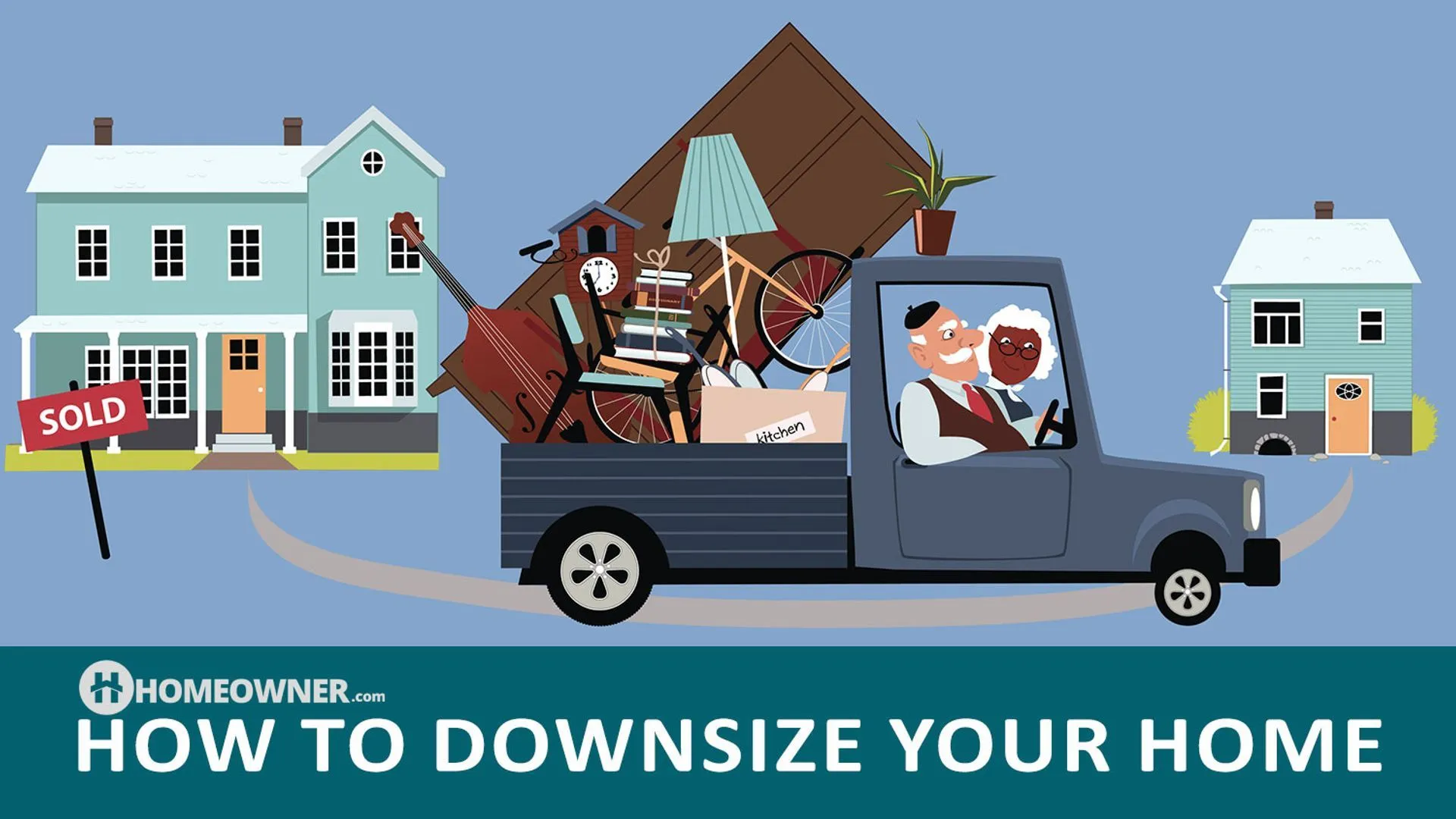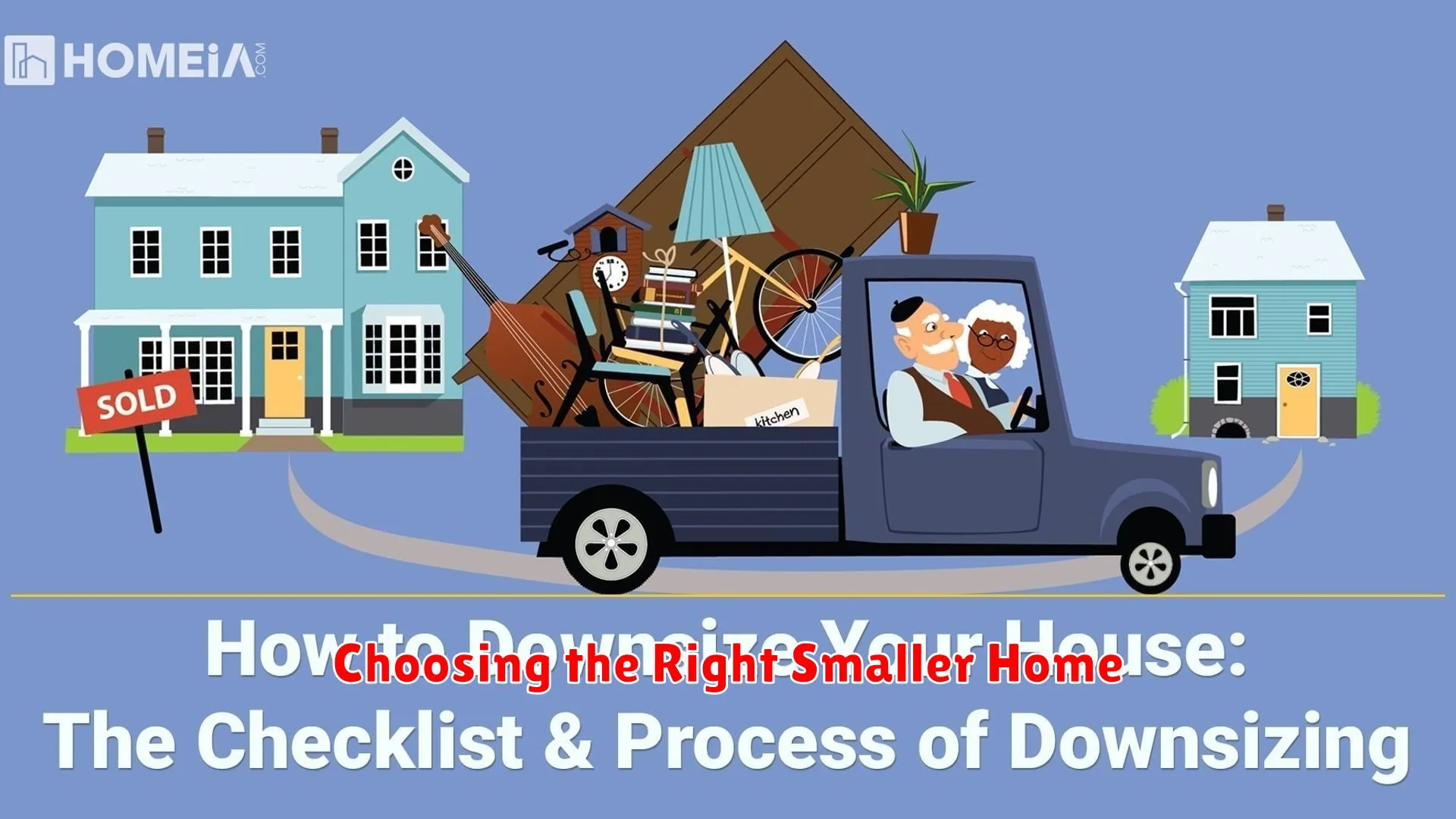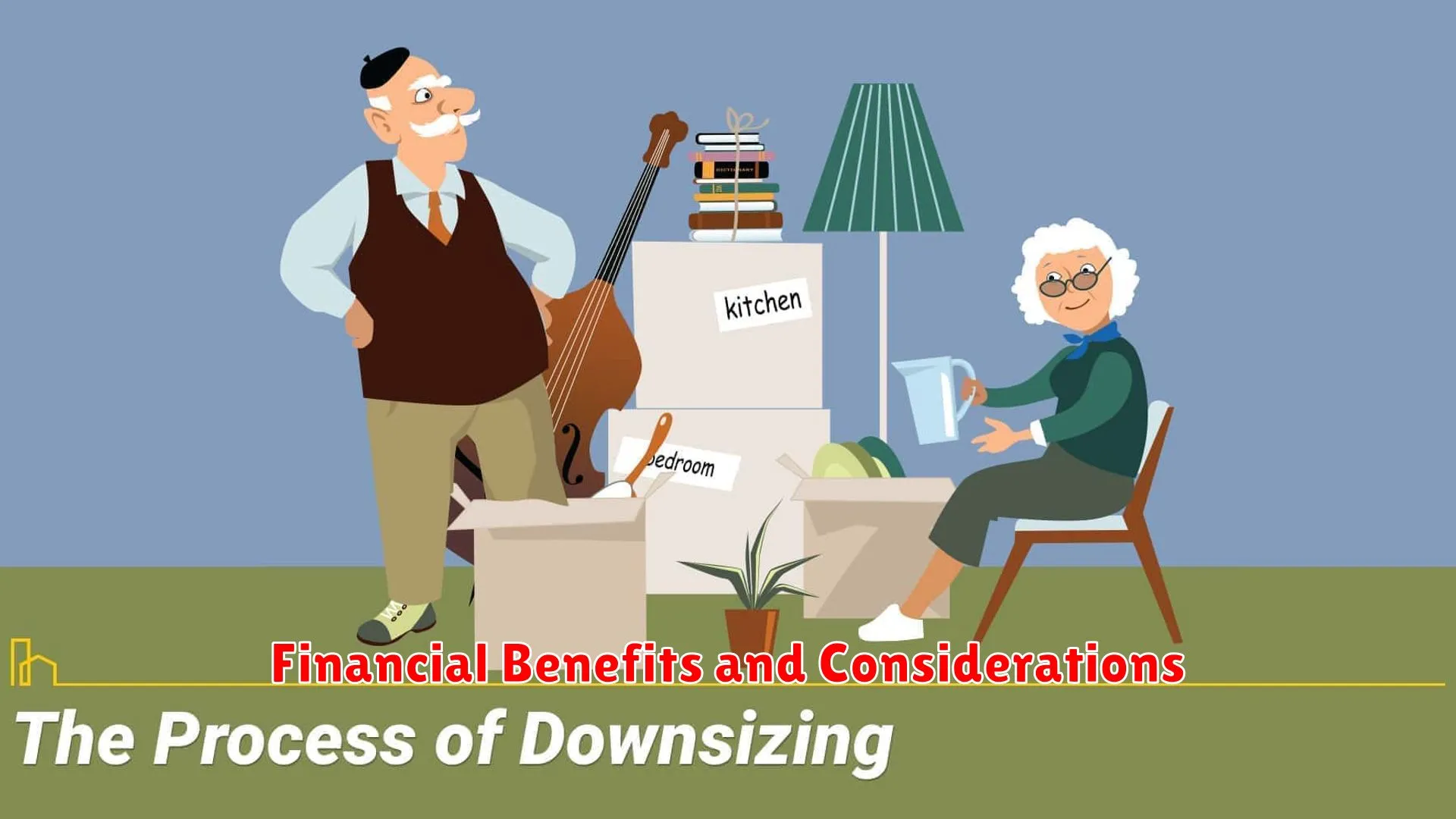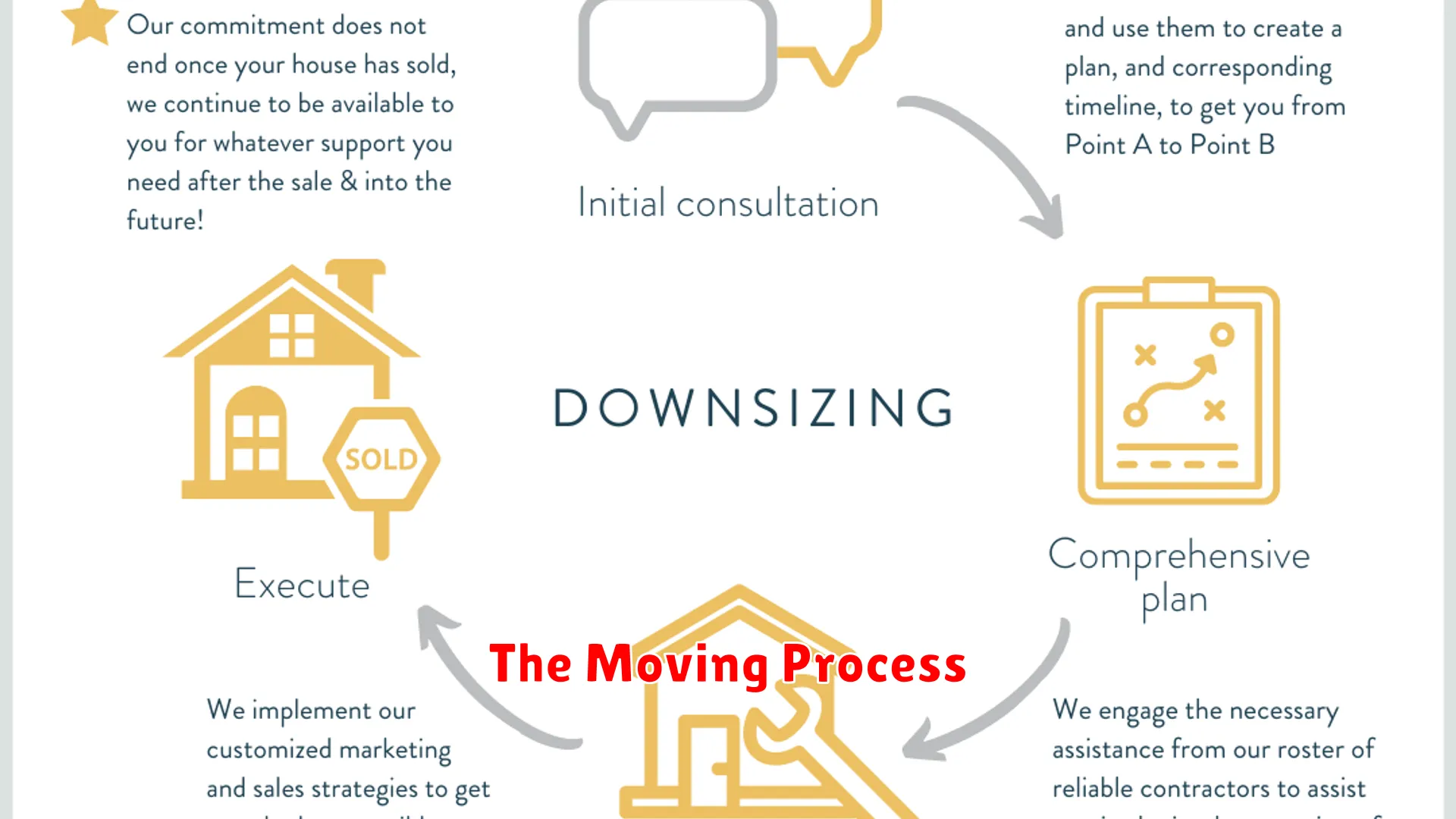Embarking on the journey of downsizing your home requires a strategic approach that goes beyond simply decluttering. In this article, discover practical tips and expert advice on how to downsize efficiently and effectively.
Reasons to Consider Downsizing

Downsizing your home can be a strategic move for various reasons:
1. Financial Benefits
One of the primary reasons to consider downsizing is the potential financial benefits it offers. By moving to a smaller home, you can significantly reduce your mortgage or rent costs, property taxes, insurance, and utilities expenses. This can free up funds that can be redirected towards savings, investments, or other financial goals.
2. Simplifying Your Lifestyle
Downsizing can also help simplify your lifestyle. A smaller home means less space to clean, maintain, and organize, allowing you to focus on what truly matters to you. It can also encourage a more minimalist approach to living, helping you declutter and prioritize your possessions.
3. Environmental Impact
Reducing your living space can have a positive environmental impact. A smaller home typically consumes less energy for heating, cooling, and lighting, resulting in lower carbon emissions. Additionally, downsizing often involves getting rid of excess belongings, which can reduce waste and contribute to a more sustainable lifestyle.
4. Aging in Place
For older adults, downsizing can be a practical way to age in place. Moving to a smaller, more accessible home can enhance safety and convenience as mobility decreases with age. It can also lower the risk of accidents and make it easier to navigate daily living activities, promoting a sense of independence and well-being.
Choosing the Right Smaller Home

When it comes to downsizing your home, selecting the right smaller home is crucial for a smooth transition. Here are some key considerations for choosing the perfect smaller home:
1. Location
Location plays a vital role in the decision-making process. Consider a neighborhood that suits your lifestyle, is convenient for daily activities, and is close to amenities like shops, healthcare facilities, and social spaces.
2. Size and Layout
Focus on the size and layout that will accommodate your needs. Opt for a smaller home that still offers enough space for essential furniture and storage. Consider layouts that maximize functionality and provide comfort.
3. Maintenance and Upkeep
Look for a smaller home that requires less maintenance and upkeep. Consider properties with low maintenance exteriors, energy-efficient features, and smaller outdoor areas to reduce ongoing maintenance tasks.
4. Affordability
Ensure the smaller home aligns with your financial goals by considering affordability. Factor in not only the purchase price but also ongoing expenses like utilities, property taxes, and homeowners association fees.
5. Future Needs
Anticipate your future needs when choosing a smaller home. Consider factors such as accessibility, aging in place, and potential lifestyle changes to ensure your new home remains suitable for years to come.
Financial Benefits and Considerations

When it comes to downsizing your home, there are several financial benefits and considerations that can help guide your strategic approach. One of the primary financial advantages of downsizing is the potential for cost savings that can arise from moving to a smaller, more efficient living space.
1. Decreased Expenses:
By moving to a smaller home, you are likely to see a reduction in various expenses such as mortgage payments, property taxes, utilities, and maintenance costs. This can free up more of your budget for other financial goals or simply provide greater financial security.
2. Increased Cash Flow:
Another benefit of downsizing is the possibility of unlocking equity from your current home. Selling a larger property and purchasing a smaller one can result in additional cash that can be used for investments, retirement savings, or to fund other purchases or experiences.
3. Simplified Finances:
Downsizing can also lead to simplified financial management. With fewer expenses and potentially a smaller mortgage, you may find it easier to manage your finances and stay organized, reducing stress related to money matters.
4. Retirement Planning:
For those nearing retirement or already in retirement, downsizing can play a crucial role in financial planning. A smaller home often means lower ongoing costs, which can help stretch your retirement savings further and provide greater financial stability during your golden years.
Simplifying Your Lifestyle

When it comes to downsizing your home, adopting a strategic approach can help simplify your lifestyle significantly. Here are some practical tips to streamline and organize your living space:
Declutter Your Belongings
Start by going through your possessions and separating items into categories: keep, donate, sell, or discard. Removing unnecessary items can create a sense of spaciousness and make it easier to manage your belongings in a smaller home.
Maximize Storage Solutions
Utilize innovative storage solutions such as multipurpose furniture, wall shelves, under-bed storage, and closet organizers to make the most of your available space. Investing in quality storage options can help you keep your home clutter-free.
Focus on Functionality
When downsizing, prioritize functionality over aesthetics. Choose furniture and decor that serve a dual purpose or offer storage capabilities. Opt for versatile pieces that align with your lifestyle needs.
Embrace Minimalism
Embracing a minimalist mindset can guide your downsizing efforts. Consider the value and purpose of each item in your home and eliminate anything that does not serve a practical function or bring you joy.
The Moving Process

When it comes to downsizing your home, the moving process plays a crucial role in ensuring a smooth transition to a more manageable living space. Here are some key steps to consider:
1. Planning and Organizing
Start by creating a detailed plan for your move. Make a checklist of tasks such as sorting through belongings, deciding what to keep, donate, or sell, and mapping out the layout of your new space.
2. Decluttering and Sorting
Decluttering is essential when downsizing. Take the time to go through each room and determine what items are truly necessary. Consider the size and layout of your new home when deciding what to keep.
3. Selling or Donating Unneeded Items
Items that you no longer need can be sold, donated, or given away. This helps lighten your load and makes the moving process more efficient.
4. Packing Efficiently
Use a systematic approach to packing your belongings. Label boxes clearly, pack fragile items with care, and prioritize essentials for easy access upon arrival at your new home.
5. Hiring Professional Movers
Consider hiring professional movers to assist with the heavy lifting and transportation of your belongings. This can save you time and minimize the physical strain of moving.
6. Settling into Your New Home
Once you arrive at your new home, take the time to unpack and organize your belongings thoughtfully. Make adjustments to the layout as needed to optimize your space.
By following these steps and approaching the moving process strategically, you can make downsizing your home a manageable and successful endeavor.
Conclusion
In conclusion, downsizing your home strategically can lead to a simpler, more manageable lifestyle with reduced costs and maintenance, offering a fresh start and increased financial flexibility.




